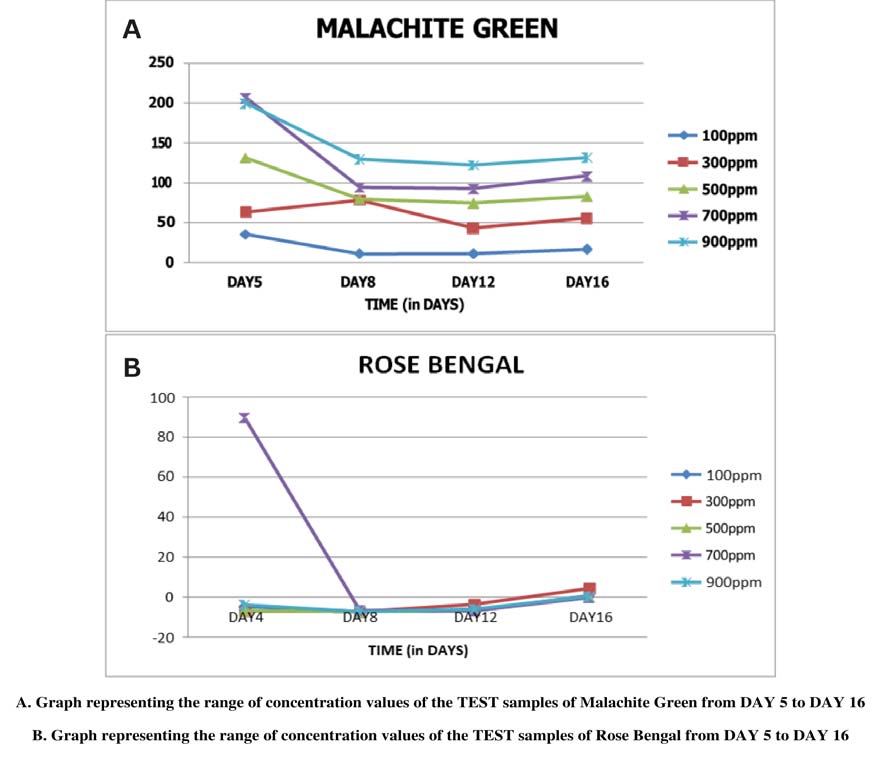Differential Approach of Bioremediation by Sclerotium rolfsii Towards Textile Dye
DOI:
https://doi.org/10.5530/ctbp.2023.3s.53Keywords:
Biodegradation, Bioadsorption, Sclerotium rolfsii, Malachite green, Rose Bengal.Abstract
Synthetic dyes are extensively used in various industries and are one of the major contaminants of industrial effluents. Dyes being xenobiotic, carcinogenic, and toxic there is a need for their effective removal and detoxification to conserve water resources. Tremendous research has been carried out to identify potent microorganisms that facilitate bioremediation of these harmful dyes. A static batch culture has proved white rot fungi Sclerotium. rolfsii as an efficient catalyst in the bioremediation of textile dyes and to compare their efficiency in the decolourisation of two different azo dyes. Studies revealed the organism employs a different remedial approach to cationic dye (Malachite green) and anionic dyes (Rose Bengal). Decolourisation of malachite green was gradual with degradation and biotransformation to colourless, non-toxic by-products while the Decolourisation of rose Bengal was a quick process of biosorption. S.rolfsii exhibited 89% decolourisation of malachite green dyes at a higher concentration of 900 mg/L while 96% for rose Bengal at 900 mg/L. The mechanism of dye decolourisation was proposed using UV-vis spectrophotometry, FTIR, XRD, HPLC and SEM. Microbial toxicity studies confirmed the dye metabolites of degraded malachite green were less toxic compared to the original dye. Com prehensively studies illustrate the sustained application of S. rolfsii as a model organism for bioremediation of complex industrial effluents due to its differential bio-remedial approach can potentially decolourise or remove various dyes.



